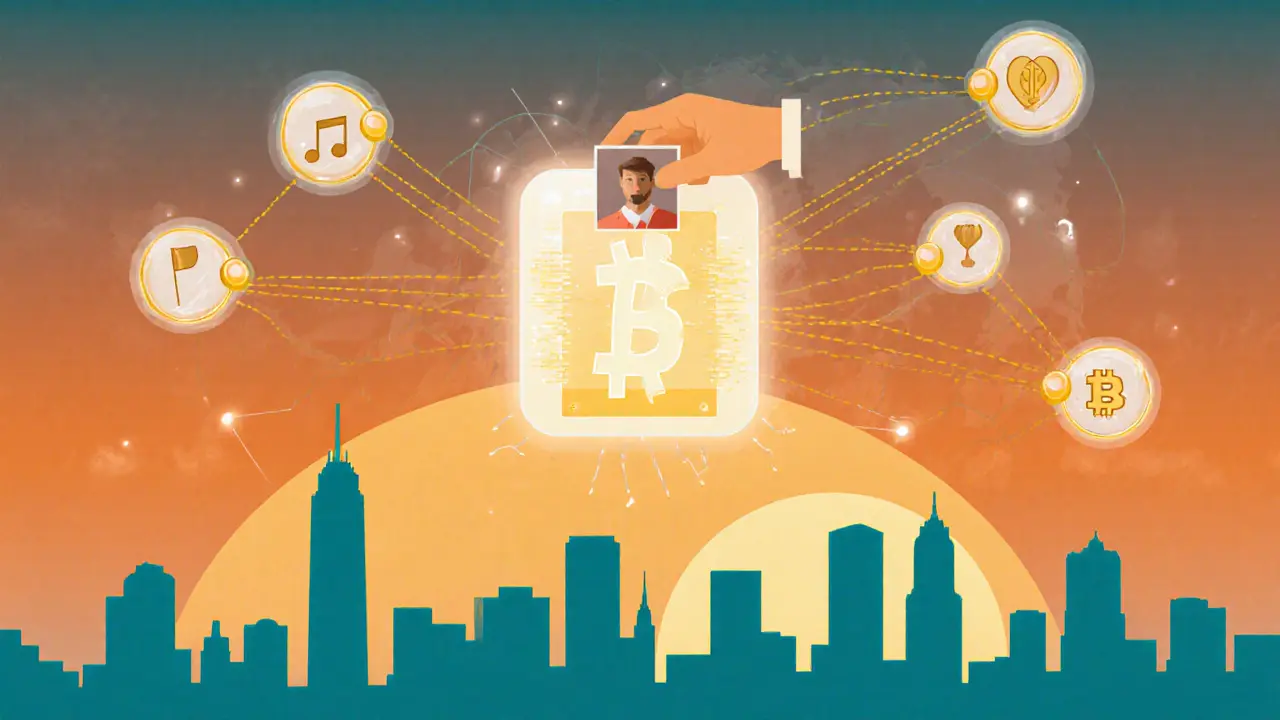Blockchain Copyright: How Digital Ownership Works in Crypto
When you create something digital—a song, a drawing, a piece of code—blockchain copyright, a system that uses blockchain to prove ownership and creation time of digital assets. Also known as digital provenance, it doesn't replace traditional copyright, but it makes it harder to fake or steal. Unlike paper certificates or email timestamps, blockchain records are public, permanent, and can't be altered. That’s why artists, musicians, and developers are turning to it.
It works by linking your creation to a unique digital fingerprint stored on a blockchain. This fingerprint, often wrapped in an NFT, a non-fungible token that represents one-of-a-kind digital items. Also known as unique digital asset, it acts like a deed for your work. If someone copies your art, you can prove you made it first. But here’s the catch: owning an NFT doesn’t always mean you own the copyright. Many people mix up ownership of the token with ownership of the rights. That’s why smart contracts matter. smart contracts, self-executing code on a blockchain that automatically enforces rules like royalties or usage limits. Also known as automated agreements, they can be set up to pay you every time your work is sold or used. No middleman. No paperwork.
But blockchain copyright isn’t magic. In places like Nigeria or Tunisia, where crypto rules are unclear, proving ownership in court is still a gamble. And projects like Howl City or Schrödinger show that just slapping an NFT on a worthless token doesn’t make it valuable. The real power comes when creators use it properly—like embedding royalties into a music NFT, or locking licensing terms into a design file. That’s what the posts below cover: real cases where blockchain copyright helped someone, and plenty where it didn’t. You’ll see how scams pretend to offer copyright protection, how some platforms actually enforce it, and why most people still don’t get it right. Whether you’re an artist, a developer, or just trying to protect your work, what’s here will help you cut through the noise.

